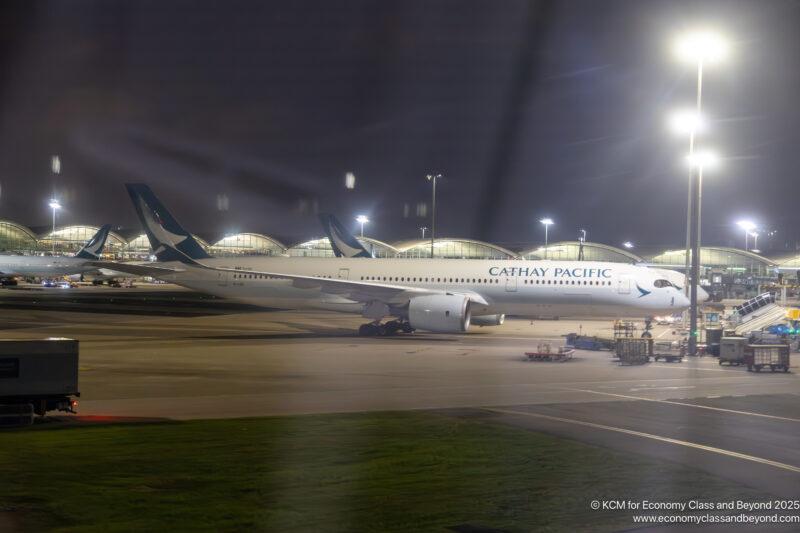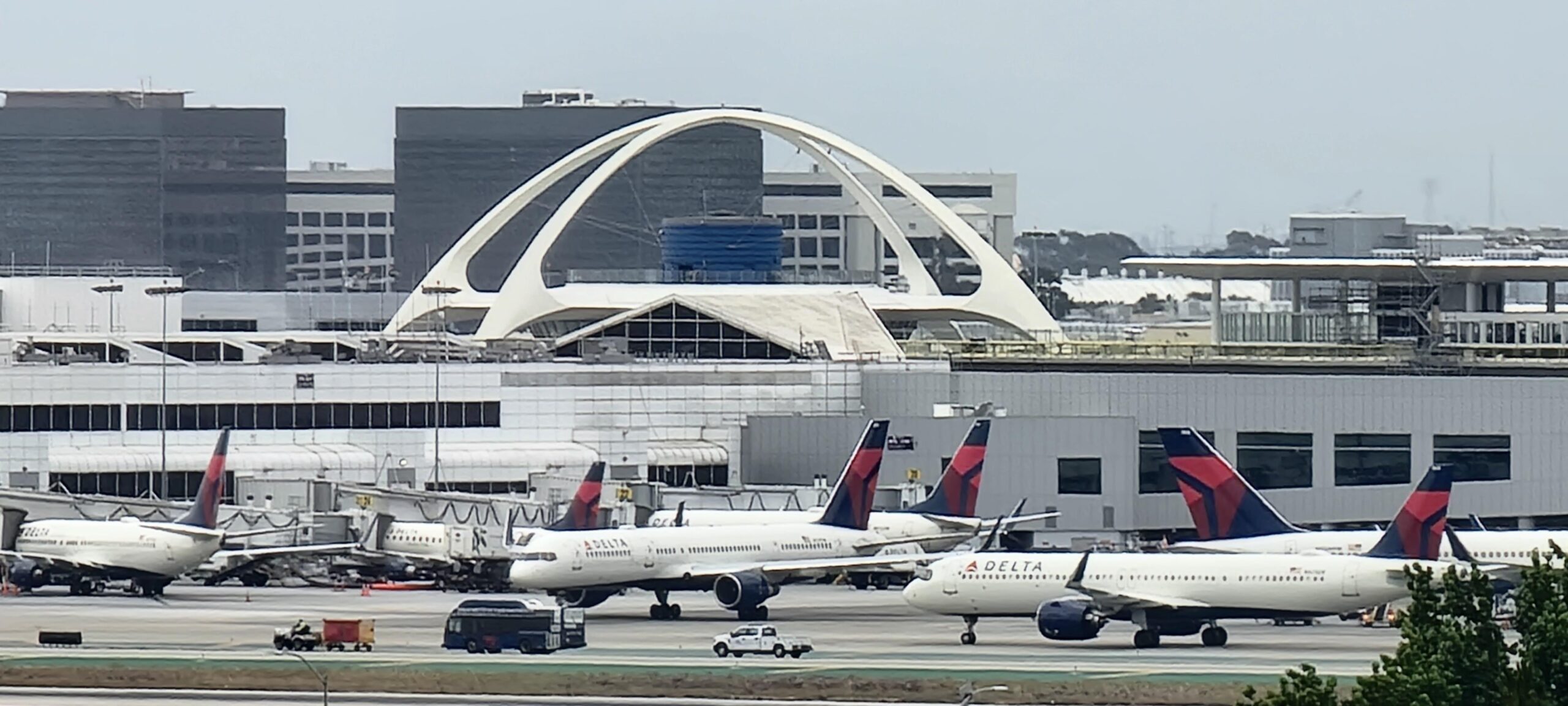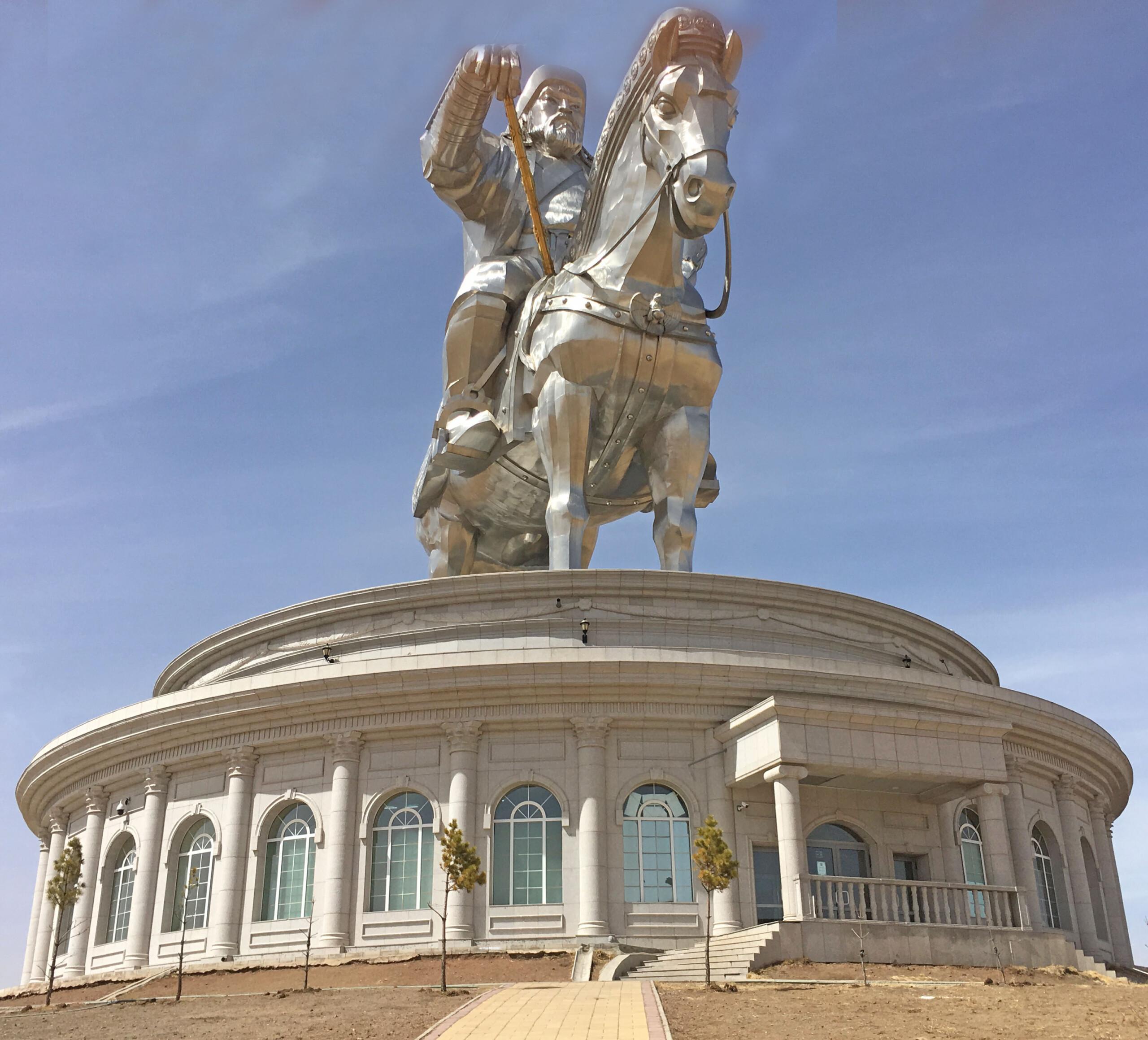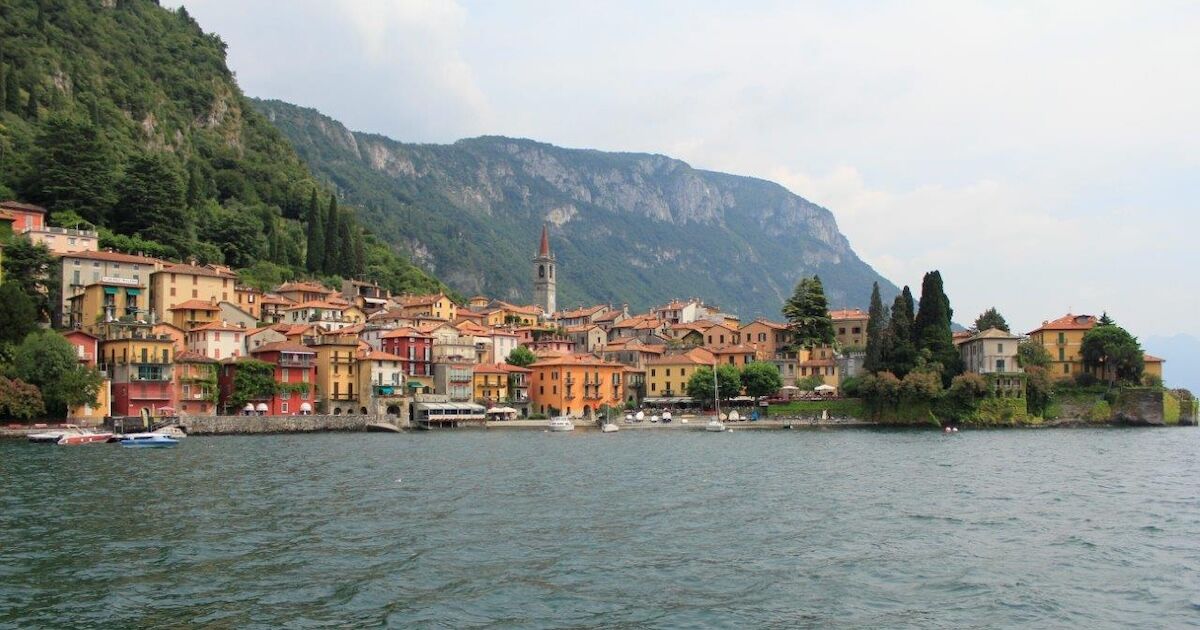Xochimilco Raised Fields in Mexico City, Mexico
In pre-Columbian times, the Valley of Mexico, where modern-day Mexico City is located, used to have a series of five lakes, occupying an area of approximately 114,000 hectares. This area is located within an endorheic basin, meaning that all the rainfall accumulates within Mexico Valley, with no natural outflow to the sea. The area was a highly biodiverse environment full of aquatic species, including the famous axolotl. Complex societies were able to thrive under these conditions by developing an ingenious system to exploit the local conditions to their maximum: raised field agriculture. This raised field agriculture, known as chinampas in Nahuatl, is an agricultural system where artificial islands are created with consecutive layers of branches and mud relatively close to the water column (less than a meter in altitude). This allows plant roots to have direct access to moisture supplied by capillary action from the water column. As a result, the chinampas created a year-round water supply for crops with no need for irrigation and supplied constant moisture during the dry season. Centuries ago, farmers would navigate the maze-like channel system via canoes in order to transport their harvest. Extremely nutrient-rich mud from the channel bottom was used to germinate seeds and supply the chinampas with a natural in-situ fertilizer. Trees were planted along the chinampa edges for stabilization and wood for fuel. The root system of these trees reached the channels, serving as breeding grounds for aquatic species such as crayfish, axolotls, and fish, which were harvested by local populations as well. Chinampas are considered one of the most productive pre-industrial agricultural systems known. This system is at least a thousand years old, being used by different societies that populated the lake edges. However, when the Mexicas arrived and founded the city of Tenochtitlan (the capital of the Aztec Empire) on a series of small islands in modern-day Mexico City's downtown, they used the local chinampa system to connect these islands and increase the livable area of the city itself. Archeologists believe that the city may have reached a population of 200,000, a feat of urban expansion enabled by this sophisticated system of food production. After the Spanish conquest of Mesoamerica and during colonial times, and even after the independence of Mexico the system, chinampas was the main supplier of food for Mexico City and the surrounding towns and villages within the valley. Since colonial times, there were many engineering projects aimed at draining the lakes and diverting water inflows out of the valley, which slowly dissected the lakes from the XVI century onwards. During the late XIX and early XX, the southeast of Mexico City still had a considerably large area with highly productive chinampas that supplied food to the city. From the early XX century onward, the water level fell, and the thriving chinampa agriculture quickly transformed into conventional agriculture, and eventually transformed into the concrete jungle of Mexico City's urban expansion. However, a few places south of the city managed to escape the crush of development, Xochimilco being the biggest and best preserved. Despite considerable pressures such as urban wastewater pollution, invasive species, and reliance on fertilizer use in local agriculture, Xochimilco stands as a remnant of how the ancient city of Tenochtitlan and the surrounding area of the valley used to look. Many of the chinampas and channels within Xochimilco have been active and constantly used until this day, some before the arrival of the Spanish empire. Xochimilco, although is now surrounded by Mexico City, still houses an impressive amount of biodiversity, including many local and migratory birds and aquatic species, and of course, the local chinampa system is well and alive.

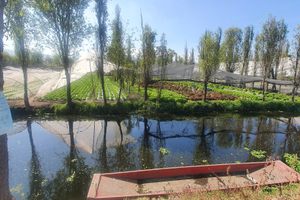
In pre-Columbian times, the Valley of Mexico, where modern-day Mexico City is located, used to have a series of five lakes, occupying an area of approximately 114,000 hectares. This area is located within an endorheic basin, meaning that all the rainfall accumulates within Mexico Valley, with no natural outflow to the sea. The area was a highly biodiverse environment full of aquatic species, including the famous axolotl.
Complex societies were able to thrive under these conditions by developing an ingenious system to exploit the local conditions to their maximum: raised field agriculture. This raised field agriculture, known as chinampas in Nahuatl, is an agricultural system where artificial islands are created with consecutive layers of branches and mud relatively close to the water column (less than a meter in altitude). This allows plant roots to have direct access to moisture supplied by capillary action from the water column. As a result, the chinampas created a year-round water supply for crops with no need for irrigation and supplied constant moisture during the dry season.
Centuries ago, farmers would navigate the maze-like channel system via canoes in order to transport their harvest. Extremely nutrient-rich mud from the channel bottom was used to germinate seeds and supply the chinampas with a natural in-situ fertilizer. Trees were planted along the chinampa edges for stabilization and wood for fuel. The root system of these trees reached the channels, serving as breeding grounds for aquatic species such as crayfish, axolotls, and fish, which were harvested by local populations as well.
Chinampas are considered one of the most productive pre-industrial agricultural systems known. This system is at least a thousand years old, being used by different societies that populated the lake edges. However, when the Mexicas arrived and founded the city of Tenochtitlan (the capital of the Aztec Empire) on a series of small islands in modern-day Mexico City's downtown, they used the local chinampa system to connect these islands and increase the livable area of the city itself.
Archeologists believe that the city may have reached a population of 200,000, a feat of urban expansion enabled by this sophisticated system of food production. After the Spanish conquest of Mesoamerica and during colonial times, and even after the independence of Mexico the system, chinampas was the main supplier of food for Mexico City and the surrounding towns and villages within the valley.
Since colonial times, there were many engineering projects aimed at draining the lakes and diverting water inflows out of the valley, which slowly dissected the lakes from the XVI century onwards. During the late XIX and early XX, the southeast of Mexico City still had a considerably large area with highly productive chinampas that supplied food to the city. From the early XX century onward, the water level fell, and the thriving chinampa agriculture quickly transformed into conventional agriculture, and eventually transformed into the concrete jungle of Mexico City's urban expansion.
However, a few places south of the city managed to escape the crush of development, Xochimilco being the biggest and best preserved. Despite considerable pressures such as urban wastewater pollution, invasive species, and reliance on fertilizer use in local agriculture, Xochimilco stands as a remnant of how the ancient city of Tenochtitlan and the surrounding area of the valley used to look.
Many of the chinampas and channels within Xochimilco have been active and constantly used until this day, some before the arrival of the Spanish empire. Xochimilco, although is now surrounded by Mexico City, still houses an impressive amount of biodiversity, including many local and migratory birds and aquatic species, and of course, the local chinampa system is well and alive.
What's Your Reaction?












